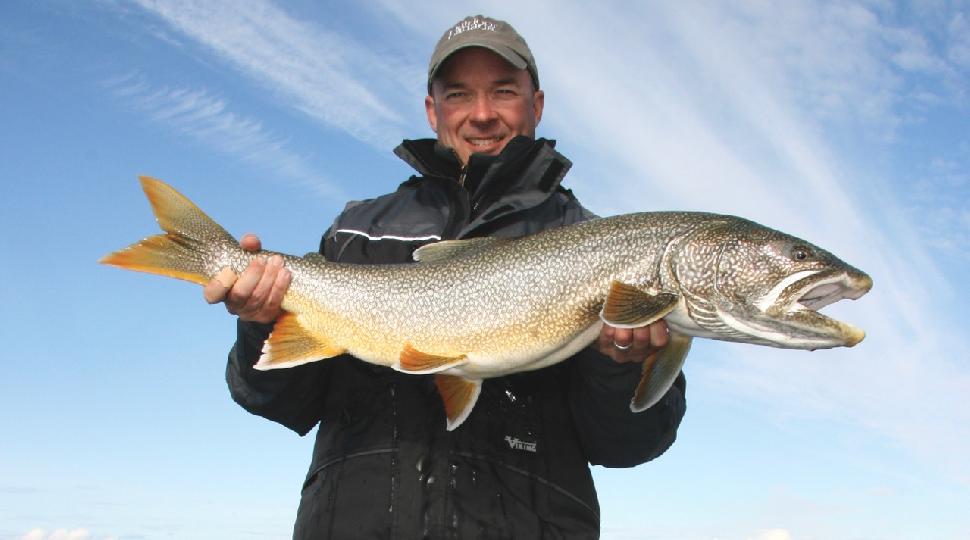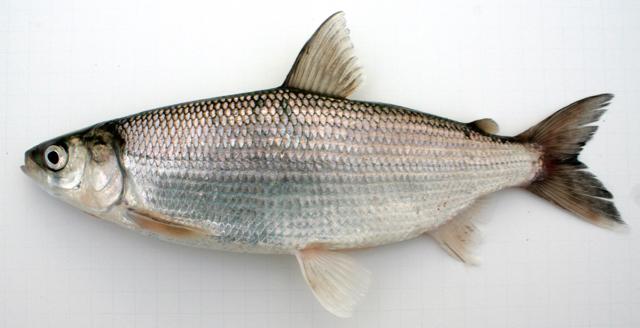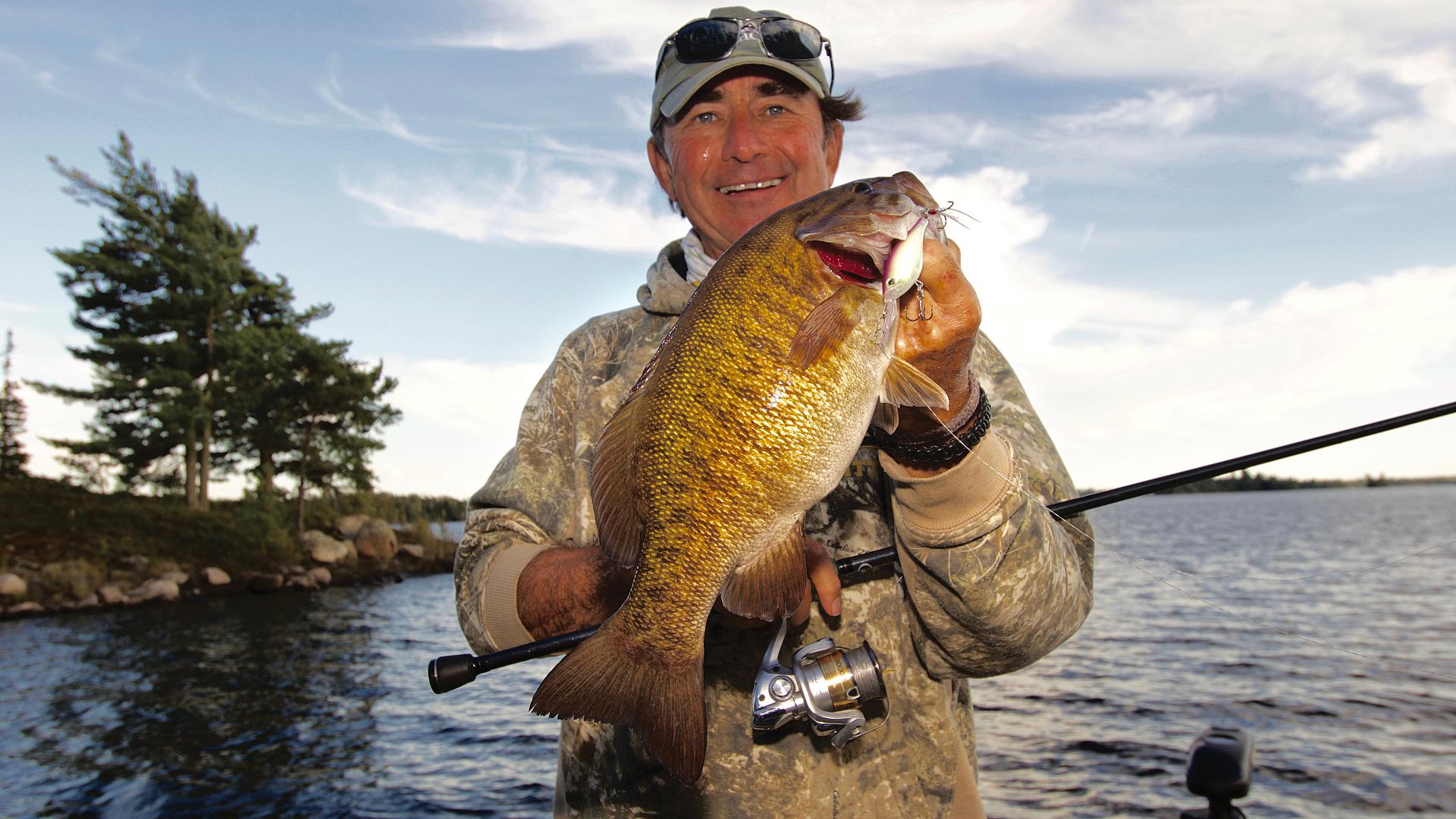FINDING FALL'S FISH
When lake temperatures change in the late season, the fish scatter and get tougher to catch—unless you know where to look
Advertisement

#2 FOLLOW THE CHANGING FORAGE
Since fall opens up so many new locations, you might think it’s daunting to find the fish. But it doesn’t have to be, as long as you remember that food is always the great equalizer. Find the food, and you find the fish. However, fall turnover means the food sources are also changing.
During summer, crayfish are a vital source of food for bass, walleye, yellow perch and even lake trout and northern pike. Come September, however, they begin to moult at the very same time turnover begins, shedding their hard, protective exoskeletons. Seemingly sensing they’re now more vulnerable, the crayfish secret themselves beneath structure such as rocks and logs to avoid being eaten.
Advertisement
It’s Mother Nature at her miraculous best, because at the same time she’s depriving shallow-water fish of this previously plentiful source of food, she serves up an entirely new menu item. In particular, as turnover progresses and the water continues to cool, baitfish become more available and an increasingly important source of sustenance.
Alewives, ciscoes, shiners and smelts spend the summer months in and around the thermocline because they favour its cool water temperatures. But since that layer has disappeared, these baitfish find the chilling shallow water more inviting with each passing day. So, as the likes of bass, black crappies, walleye and yellow perch drift toward deeper structures and cover, they cross paths with hordes of ciscoes, shiners and smelt that are migrating toward the shallows. Talk about a fortuitous collision course.
And guess what? It gets better still. The lake trout, salmon and whitefish that were bumping their heads against the underside of the thermocline all summer also start drifting toward shore in late autumn, in their case to spawn in the cold, shallow water. That’s why you can often catch a grand slam in the fall—a smallmouth bass, lake trout, northern pike and walleye on consecutive casts. I’ve done it many times.
Advertisement

Tasty Favourites
Soft-rayed and high in protein, fall-spawning forage fish such as whitefish and ciscoes (above) are an incredibly important late-season food source for gamefish. Both whities and ciscoes, which are closely related, spawn at night on wind-exposed, wave-washed shorelines and shoals comprising coarse sand, gravel and broken rock. They typically favour water that’s less than 20 feet deep, with ciscoes venturing even shallower than whitefish. Whitefish lay their eggs first, when the water temperature reaches roughly 7°C. Ciscoes spawn in even colder, 4°C water, just before freeze-up. If you find these tasty silvery fish staging for the spawn, you can be sure the bass, lakers, muskies, pike and walleye are never far away.

